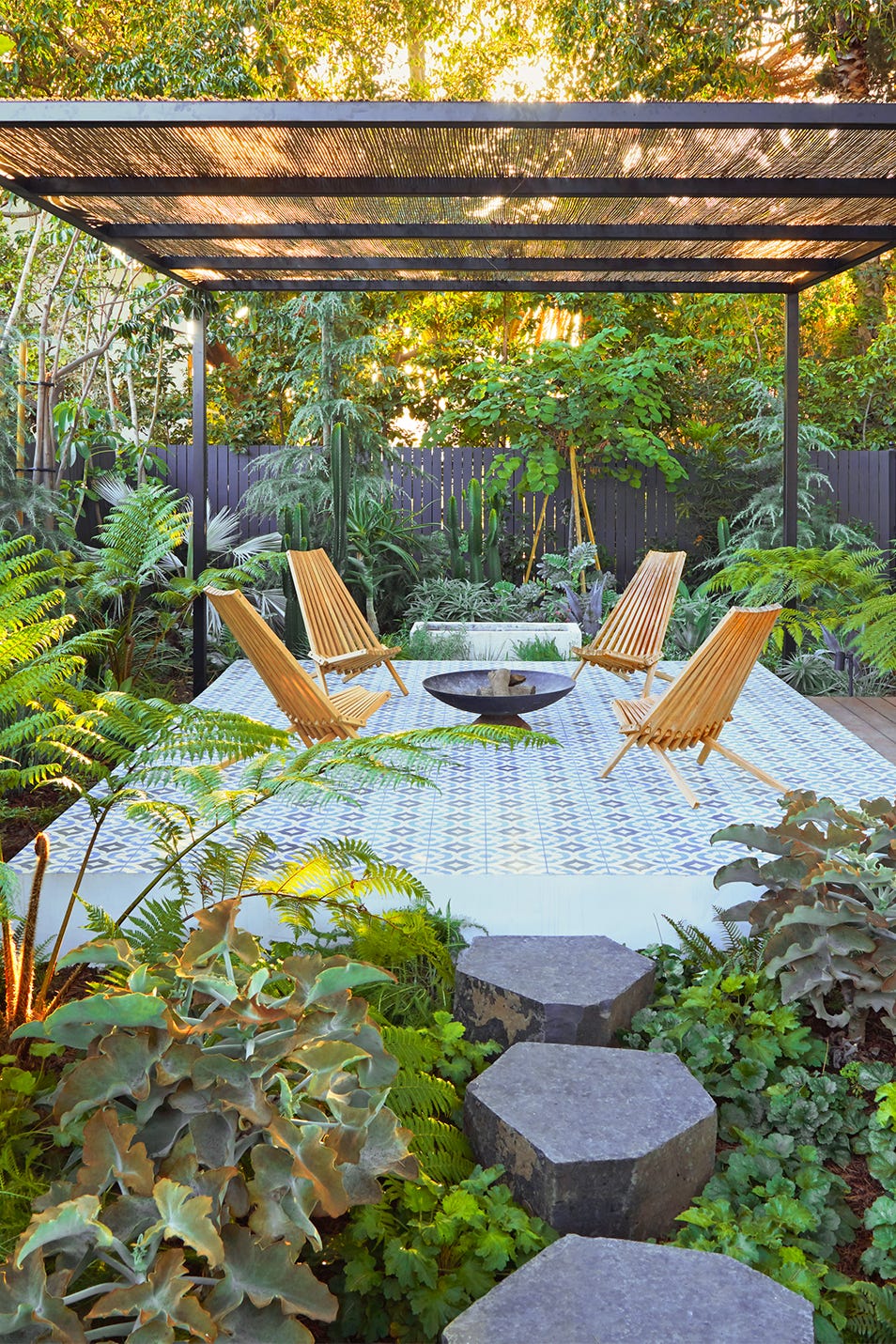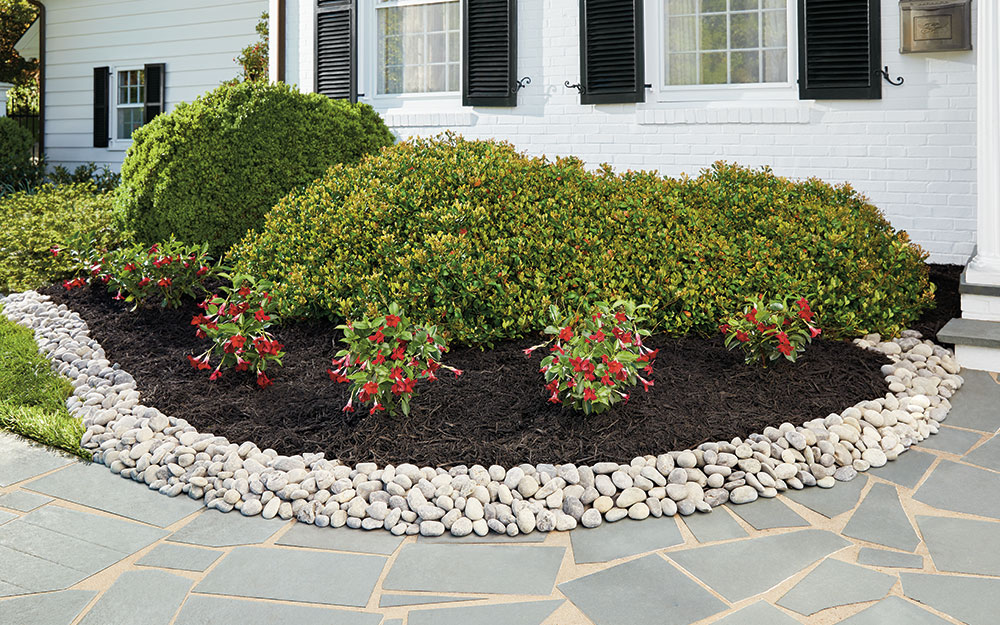Trusted Landscaping Company Jacksonville: Quality Landscaping Solutions for Your Home
Elevate Your Residential property's Aesthetic With Sustainable Landscape Design Styles and Eco-Friendly Practices

Benefits of Sustainable Landscaping
Applying lasting landscape design techniques not only conserves all-natural resources but additionally promotes biodiversity and boosts general environmental health and wellness. One considerable advantage is the decrease of water intake through the usage of drought-resistant plants, rainfall gardens, and efficient irrigation systems.
In addition, sustainable landscape design can improve dirt health and wellness by minimizing making use of chemical fertilizers and pesticides, thus creating a healthier atmosphere for plant development and helpful dirt microorganisms. This, consequently, boosts the general resilience of the landscape to withstand ecological stressors and climate change influences - landscaping company Jacksonville. Furthermore, lasting landscaping practices can draw in diverse wildlife, consisting of pollinators like butterflies and , fostering a much more balanced and dynamic ecological community within the residential or commercial property
Incorporating Native Plants
To build on the benefits of lasting landscape design, a strategic focus on incorporating indigenous plants can additionally improve environmental resilience and advertise biodiversity within the landscape. Indigenous plants are species that naturally take place in a particular area and have developed to thrive in the neighborhood environment, soil conditions, and ecological community. By including indigenous plants in landscaping layouts, residential or commercial property owners can minimize water usage, reduce the demand for chemical pesticides and plant foods, and support the local wildlife population.
Integrating native plants also aids in preserving the unique character and identification of a region's plants. These plants usually require less upkeep once established, making them a cost-efficient and sustainable landscape design solution in the long run. Additionally, indigenous plants can bring in native pollinators like bees and butterflies, adding to the overall health of the community.
When selecting native plants for landscape design tasks, it is vital to pick types that are fit to the specific ecological problems of the website. Consulting with neighborhood nurseries or arboretums can offer beneficial advice on choosing the appropriate native plants for a particular location. By incorporating indigenous plants right into landscaping layouts, homeowner can produce gorgeous, sustainable outdoor areas that profit both the atmosphere and the neighborhood.

Water Conservation Techniques
Reliable watering techniques play an essential function in sustainable landscape design methods, guaranteeing optimum water conservation initiatives in outside spaces. Implementing techniques such as drip watering, rainwater harvesting, and smart irrigation systems can significantly decrease water waste while preserving a healthy and balanced landscape. Leak watering delivers water directly to the origins of plants, minimizing dissipation and overflow. Rain gathering involves accumulating rain from roof coverings and storing it for later use in irrigation, decreasing the reliance on community water resources. Smart watering systems use weather data and soil wetness levels to adjust sprinkling routines, stopping overwatering and promoting water effectiveness.
Along with advanced irrigation techniques, xeriscaping is an additional water-saving landscape design technique that focuses on utilizing drought-resistant plants, mulch, and effective watering to produce a low-water landscape style - landscaping company Jacksonville. By selecting indigenous plants that are appropriate to the neighborhood climate and soil problems, home owners can decrease the demand for too much watering, inevitably saving water and promoting a lasting useful source outside environment
Eco-Friendly Hardscaping Ideas
Enhancing outdoor areas with green hardscaping functions can contribute substantially to sustainable landscaping techniques. When taking into consideration hardscaping aspects, opt for products like recovered timber, recycled concrete, or all-natural rock to decrease environmental impact. These materials not just add a distinct visual attract your outside area however also decrease the requirement for brand-new sources removal.
Executing permeable paving alternatives such as crushed rock or absorptive concrete can help in reducing water drainage and advertise groundwater recharge. These alternatives enable rainwater to seep into the ground, avoiding disintegration and lessening the problem on stormwater systems.
Incorporating indigenous plants into hardscaping layouts can additionally enhance eco-friendliness by sustaining local wild animals and lowering the requirement for too much watering or chemical treatments. By including vertical yards or green wall surfaces, you can present extra plant life right into city settings, improving air high quality and biodiversity.
Including energy-efficient lighting, such as solar-powered LEDs, into hardscaping styles can find more info decrease electrical power intake and lower your building's carbon footprint. Focusing on green hardscaping ideas not just improves the elegance of your outdoor space however additionally demonstrates a dedication to ecological stewardship.
Maintenance Tips for Sustainable Landscapes
Frequently trim plants to advertise healthy and balanced growth and avoid overgrowth that can bring about pest problems or diseases. Use organic plant foods to nourish the dirt and plants without unsafe chemicals that can seep into the setting. For hardscaping aspects, such as absorptive pavers or stone pathways, consistently tidy them to avoid debris build-up and keep their performance. By staying proactive with maintenance tasks, you can preserve the beauty and sustainability of your landscape for years ahead.
Final Thought
In conclusion, lasting landscape design techniques use numerous advantages for residential or commercial property owners, from improving the visual allure of the surroundings to promoting ecological conservation. By integrating indigenous plants, implementing water preservation techniques, and making use of environment-friendly hardscaping ideas, homeowner can develop lovely landscapes that are additionally eco liable. With correct description maintenance, lasting landscapes can contribute and thrive to a much healthier environment for both human beings and wild animals.
Additionally, sustainable landscape design can boost soil health by lessening the usage of chemical fertilizers and pesticides, therefore developing a healthier environment for plant development and useful soil microorganisms.To develop upon the benefits of lasting landscape design, a strategic focus on integrating indigenous plants can additionally enhance ecological resilience and promote biodiversity within the landscape. By including native plants in landscape design layouts, residential property owners can minimize water use, reduce the requirement for chemical pesticides and fertilizers, and support the neighborhood wild animals population.
These plants often require less upkeep once developed, making them a cost-effective and lasting landscape design option in the lengthy run. By integrating native plants into landscaping layouts, home owners can produce stunning, sustainable outdoor rooms that profit both the community and the atmosphere.